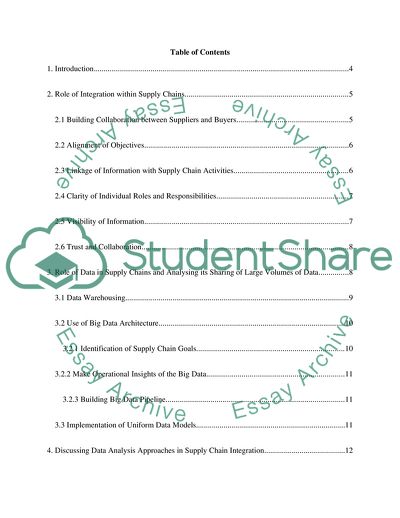Cite this document
(The Integration of Supply Chains Can Be Supported through the Use of Modern Data Coursework Example | Topics and Well Written Essays - 3500 words, n.d.)
The Integration of Supply Chains Can Be Supported through the Use of Modern Data Coursework Example | Topics and Well Written Essays - 3500 words. https://studentshare.org/information-technology/1835039-the-integration-of-supply-chains-can-be-supported-through-the-use-of-modern-data-analytics
The Integration of Supply Chains Can Be Supported through the Use of Modern Data Coursework Example | Topics and Well Written Essays - 3500 words. https://studentshare.org/information-technology/1835039-the-integration-of-supply-chains-can-be-supported-through-the-use-of-modern-data-analytics
(The Integration of Supply Chains Can Be Supported through the Use of Modern Data Coursework Example | Topics and Well Written Essays - 3500 Words)
The Integration of Supply Chains Can Be Supported through the Use of Modern Data Coursework Example | Topics and Well Written Essays - 3500 Words. https://studentshare.org/information-technology/1835039-the-integration-of-supply-chains-can-be-supported-through-the-use-of-modern-data-analytics.
The Integration of Supply Chains Can Be Supported through the Use of Modern Data Coursework Example | Topics and Well Written Essays - 3500 Words. https://studentshare.org/information-technology/1835039-the-integration-of-supply-chains-can-be-supported-through-the-use-of-modern-data-analytics.
“The Integration of Supply Chains Can Be Supported through the Use of Modern Data Coursework Example | Topics and Well Written Essays - 3500 Words”. https://studentshare.org/information-technology/1835039-the-integration-of-supply-chains-can-be-supported-through-the-use-of-modern-data-analytics.


